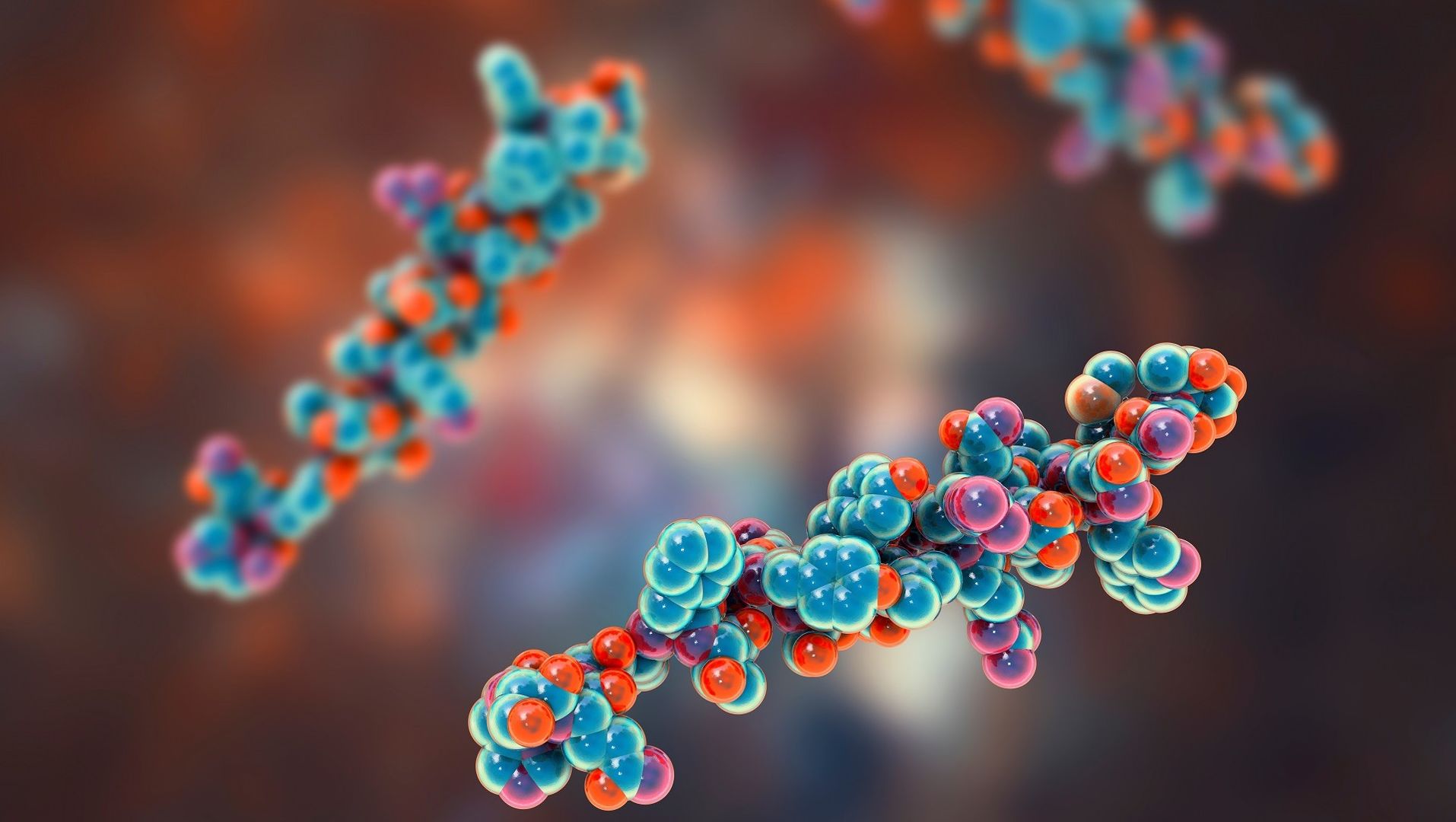Creative Proteomics is an esteemed purveyor of scientific research services. Our TMT-Based Peptidomics Analysis Service presents a comprehensive and all-encompassing solution for the meticulous examination and quantification of peptides, employing cutting-edge Tandem Mass Tag (TMT) technology. Relying on our state-of-the-art infrastructure and a cadre of skilled and seasoned scientists, we are dedicated to providing superlative outcomes that exceed the varied requirements of our esteemed clientele in the realm of peptidomics research.
What is TMT-Based Peptidomics Analysis?
Our esteemed service, TMT-based peptidomics analysis, epitomizes the paradigmatic approach to quantitative proteomics, harnessing the transformative power of tandem mass tags (TMT) to annotate peptides for the purpose of relative quantification. This sophisticated technique involves the endowment of peptides from diverse samples with distinctive isobaric mass tags, which seamlessly facilitate the simultaneous analysis of multiple samples within a solitary experiment. In the realm of TMT-based peptidomics Analysis, samples undergo an intricate preparation process, involving the enzymatic cleavage of proteins into peptides. These peptides then undergo labeling with TMT reagents, comprised of a salient reporter ion and a meticulously calibrated mass-balancing entity. The TMT reagents form an indissoluble bond with the amino groups of the peptides, thereby incorporating the reporter ions into the peptides. Each TMT reagent possesses an exclusive mass tag, endowing the process with the ability to simultaneously accommodate up to 10 diverse samples in a single experiment. TMT-based peptidomics analysis bestows manifold advantages over traditional label-free quantification methods. It empowers researchers to engage in high-throughput and multiplexed quantification of peptides from numerous samples, imbuing their experimental endeavors with enhanced efficiency. Furthermore, the utilization of isobaric tags effectively mitigates the impact of sample discrepancies and experimental biases, engendering quantitative results distinguished by their remarkable accuracy and reproducibility.
TMT-Based Peptidomics Analysis Services by Creative Proteomics
At Creative Proteomics, we offer a wide range of TMT-based peptidomics analysis services to support your research projects. Our services are listed as follows, but are not limited to:
- TMT Labeling
Our experts employ TMT reagents to label peptides from different samples with distinct mass tags, facilitating multiplexed analysis.
- High-Resolution Liquid Chromatography-Mass Spectrometry (LC-MS) Analysis
We utilize advanced LC-MS systems to acquire high-resolution mass spectra of labeled peptides, enabling accurate peptide identification and quantification.
- Data Analysis
Our bioinformatics specialists employ cutting-edge software and algorithms to process and analyze the acquired data, providing comprehensive insights into the peptidome of your samples.
- Comparative Peptidomics Analysis
We offer comparative analysis to identify differentially expressed peptides between samples, providing insights into biological processes and disease mechanisms.
- Pathway Analysis
Our bioinformatics experts perform pathway analysis to understand the biological pathways and networks associated with the identified peptides. This aids in unraveling the functional significance of the peptidome.
Our TMT Isobaric Tags
The TMT isobaric tags, also known as Tandem Mass Tags, are a set of chemically identical mass spectrometry tags that are used for quantitative proteomics analysis. Here is a list of commonly used TMT isobaric tags.
- TMT-126
This tag has a mass of 126 Daltons and is typically used to label the reference or control sample in a TMT experiment.
- TMT-127
This tag has a mass of 127 Daltons and is used to label the first experimental sample in a TMT experiment.
- TMT-128
This tag has a mass of 128 Daltons and is used to label the second experimental sample in a TMT experiment.
- TMT-129
This tag has a mass of 129 Daltons and is used to label the third experimental sample in a TMT experiment.
- TMT-130
This tag has a mass of 130 Daltons and is used to label the fourth experimental sample in a TMT experiment.
- TMT-131
This tag has a mass of 131 Daltons and is used to label the fifth experimental sample in a TMT experiment.
These TMT isobaric tags allow for the multiplexed labeling of up to 6 different samples, which can then be combined and analyzed together in a single mass spectrometry experiment. The relative abundance of each peptide in the different samples can be determined by comparing the intensities of the reporter ions generated during fragmentation.
Sample Requirements for Label-Free Peptide Quantification Assay
| Content |
Requirements |
| Type |
Cell lysates, tissue extracts, serum/plasma, urine, and other biological fluids. |
| Quantity |
Total protein > 100 µg |
| Stability |
Samples will be stored at appropriate temperatures, preferably at -80℃, and protected from repeated freeze-thaw cycles. |
| Purity |
The samples should be free from detergents, salts, and other contaminants that can interfere with the analysis. |
| Sample labeling |
The samples should be labeled with the appropriate TMT reagents according to the experimental design and manufacturer's instructions. |
* For research use only. Not for use in diagnostic procedures!
Our customer service representatives are available 24 hours a day, 7 days a week.


